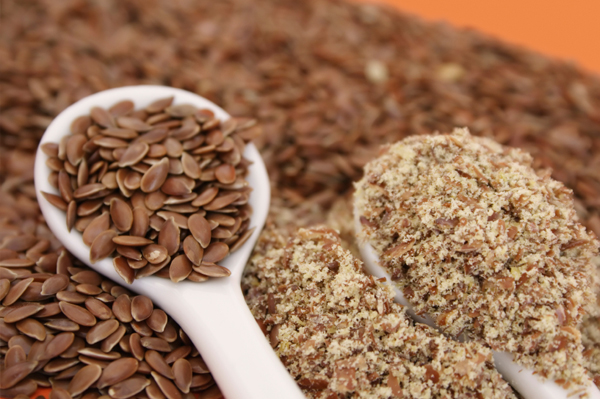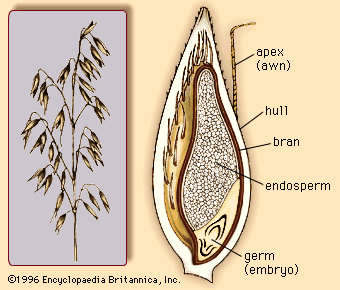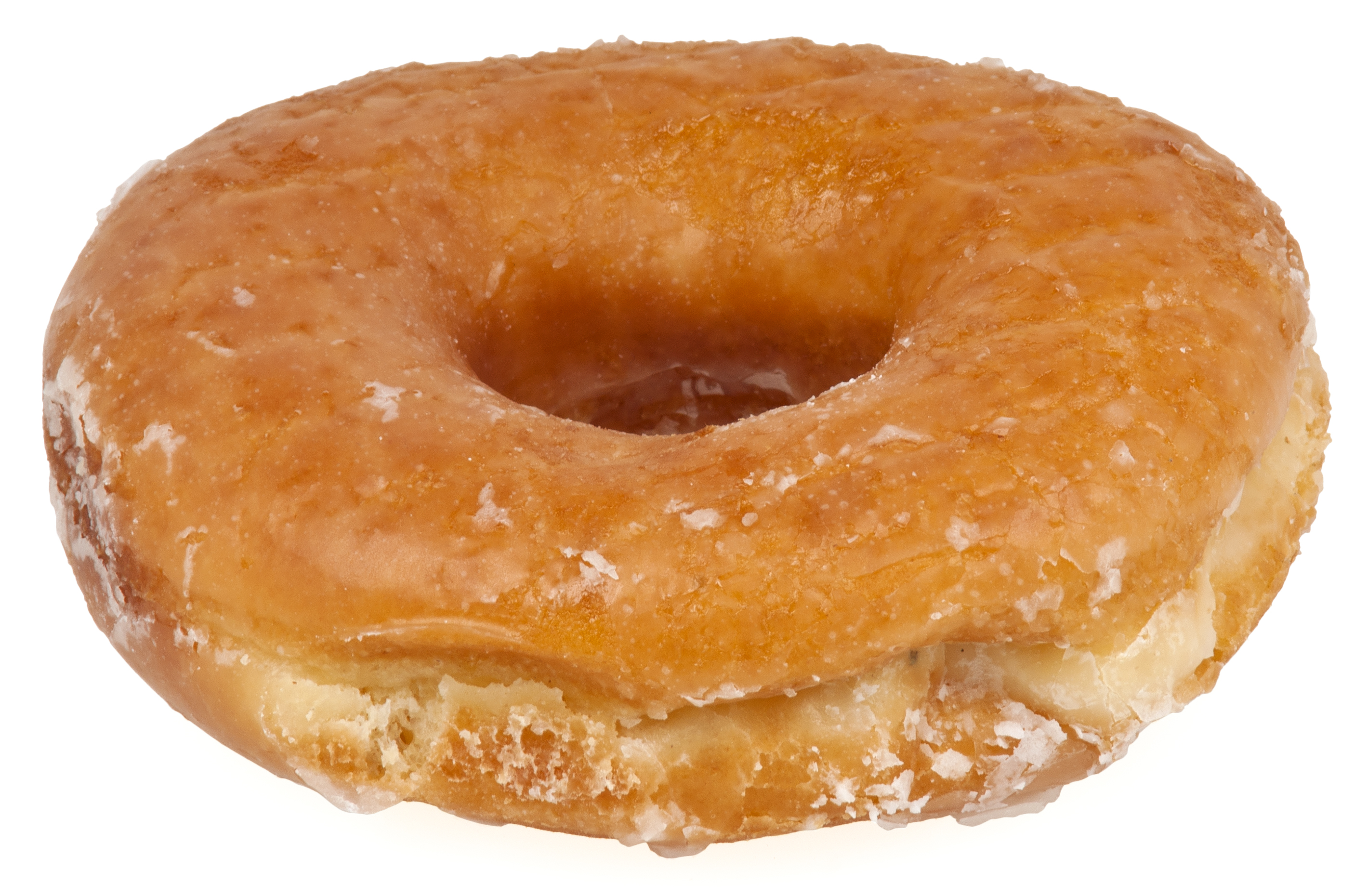 |
| Source: https://hhp-blog.s3.amazonaws.com/2018/11/holiday-dinner-with-familyiStock-498303430.jpg |
Over the next week many people will have several holiday gatherings to attend, such as Christmas Eve parties, family gatherings,and New Year's Eve galas. Certainly we look forward to fun parties and seeing friends and family, but these holiday parties involve lots of eating and drinking. Do not fret! There are two simple ways to stay slim during the holiday season: don’t lag on your workouts, and practice self-control when it comes to eating and drinking.
When faced with endless amounts of hors d’oeuvres, sweets, and cocktails, you should educate yourself so that you can determine those that are good choices and those that are not. In order to ensure that there will be a healthy food choice at a party, offer to bring something that you can make yourself. Consequently, you will know exactly what is in the dish and whether it is healthy or not. A good word of advice is that anything wrapped in pastry, deep fried, containing ground meat, or loaded with cheese (cream cheese included) is probably not the best option for your waistline.
When it comes to cocktails, try mixing in a calorie-free beverage (club soda, diet Sprite) into your cranberry/vodka or choose “light” beer. Drink water WITH and in between cocktails and stray away from calorie-laden ciders, any specialty drinks like “holiday punch”, and especially egg nog. On average, one serving of any alcohol will have about 120-130 calories (5 oz wine, 1.5 oz liquor, 12 oz beer)- of course that calorie number depends on the % alcohol of whatever you are drinking (1 gram of alcohol has 7 calories).
Here are my main tips to avoid overdoing it at any party:
1. Stay away from the food trays- it is true: out of sight, out of mind. Humans are naturally lazy creatures, so if you have to walk an extra few feet to get more food, you are less likely to. Furthermore, you will have more time to think about whether you want it or not (mindful eating).
2. Only put 2 pieces of food on your plate at any one time. The first two bites of any food taste the best, so you get in trouble if you load your plate with 10 mini appetizers. Place 2 on your plate and if you are really hungry for more, go back and get 1-2 more.
3. Use small plates and serving utensils. We eat with our eyes, so if you have a small plate, the food will look like more than it is. If you use a small spoon, you will eat less at each bite which will slow down your eating.
4. BE THE TALKER! If you are talking, you can't be eating (unless you have no manners whatsoever). People tend to migrate to the food table if they have no one to talk to. So, get out there and make friends; your waistline and social life will thank you.
5. Enjoy foods you like, but don't eat unnecessary items. Surely you can eat a good meal over the holidays, but avoid eating foods just because they are there. Only eat things that are nutritious or that you rarely have access to and really appreciate.
By no means deprive yourself during the holidays, just be conscious of what you are eating and how much you consume.
HAVE A MERRY CHRISTMAS AND HAPPY NEW YEAR!!!













